World’s most beautiful cruise ports revealed: From Istanbul to Cape Town
There is nothing like cruising into a spectacular harbour or waterway. Here are the unmissable ones from Istanbul to Cape Town.
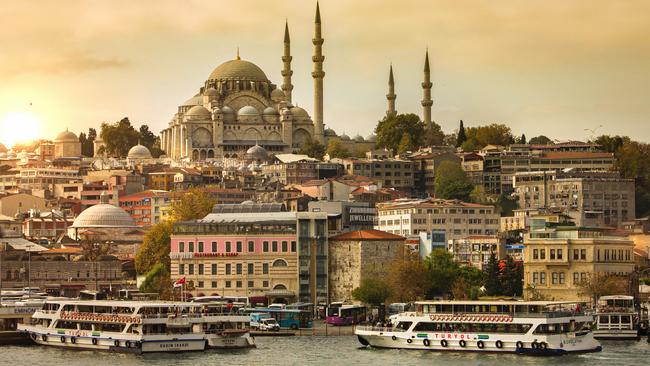
Life at sea was “like being in prison, with a chance of drowning”, 18th-century English writer Samuel Johnson reckoned. Conditions today, as they say, are much improved. This year, an estimated 35 million passengers will board 300 cruise ships to travel the world. It’s a multibillion-dollar industry and almost every country with a coastline wants a piece of the action. Many have harbours like sets straight out of Game of Thrones; others are wired, hi-tech ports; and some span both extremes. But for many passengers the only destination that really counts is the ship, despite the attraction of ports where history is etched in the seawalls and heritage-protected city centres.
Istanbul, Turkey
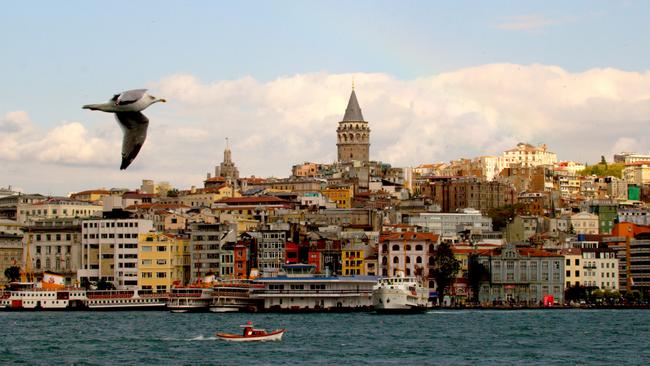
Istanbul feels like the hub of history. You step right into it at Galataport Istanbul, the world’s first underground cruise ship terminal. Whatever Istanbul wonders (and they are many) you plan to see on land – the Blue Mosque, Hagia Sophia, Topkapi Museum, the Grand Bazaar – the begetter of them all is the Bosphorus, the 30km strait that bisects the city and separates two continents as it funnels the Black Sea to the Mediterranean. The vessels of ancient Greeks, Persians, Romans, Vikings, Venetians and Ottomans passed this way, as do about 40,000 ships a year. Sea buses, ferries and water taxis weave between freighters and warships. Board a ferry at the south end of Galata Bridge and head upstream to Ortakoy or over to Kandilli on the Asia Minor shore, or the otherworldly Prince’s Islands. You’re sailing on what philosopher Jean Baudrillard called “the fault line where civilisations, religions, peoples and empires step on one another”.
Venice, Italy
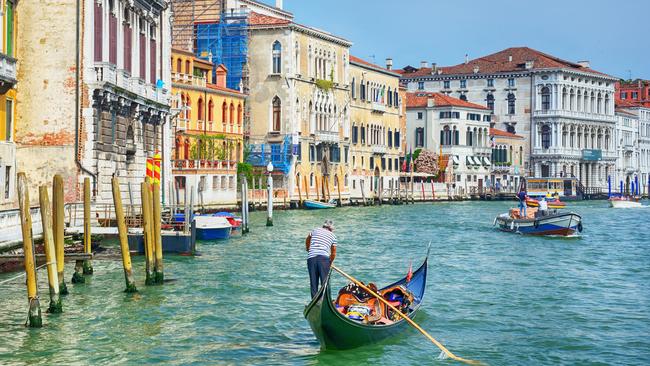
Venice has been called the City of Masks, of Bridges, of Canals and more, all hinting at its shifting mystique. Declared a UNESCO World Heritage site in 1987, the so-called Queen of the Adriatic has been a visitor magnet since Renaissance times. Its piazzas, palazzos, bridges and canals have been so effusively celebrated in terms like “undoubtedly the most beautiful city built by man” (New York Times) that this never-hidden gem was almost terminally smothered by its own success. Long a major hub for Mediterranean travel, Venice finally banned cruise ships from its lagoon and centre in 2021. Overtourism, subsidence and flooding aside, nothing diminishes the impact Venezia has had on European culture. The rollcall of creative names associated with the city is astounding: Vivaldi, Bellini, Tintoretto, Artemisia Gentileschi and Marco Polo, not to mention Casanova. With 120 islands and more than 400 bridges, Venice also has magical alternatives to Piazza San Marco.
Georgetown, Malaysia
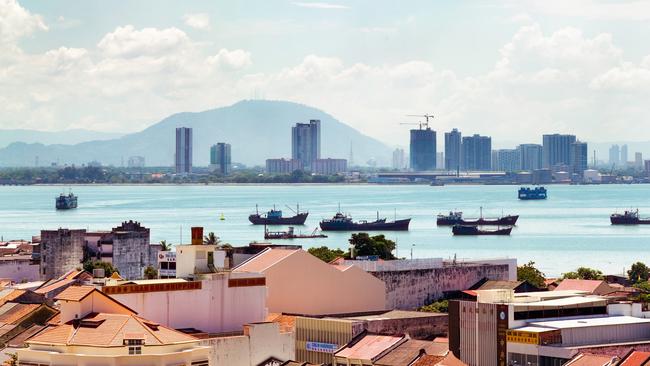
Penang junks, Malacca prahus and English clippers once moored along Georgetown’s Weld Quay, but the action today is with cruise ships docking at its Swettenham Pier Terminal. Georgetown, capital of Penang Island, was founded in 1786 when Captain Francis Light of the East India Company established a free trading port. Century-old Chinese clan jetties and villages still line the quay but modern ferries rather than sampans pass by en route to the Malaysian mainland. Georgetown’s architecture echoes the span of its Straits Settlement history. Fittingly, its colonnaded shophouses, bazaars, temples and mosques gained World Heritage protection in 2008. Walking and cycling are the best ways to explore the harbourfront Esplanade and its historic Fort Cornwallis. While you’re there, have a seafront sundowner at the elegant E&O Hotel on Farquhar Street. At the bazaar, don’t miss a cup of hawker-brewed, theatrically poured kopi tarek – “pulled coffee”.
Cape Town, South Africa
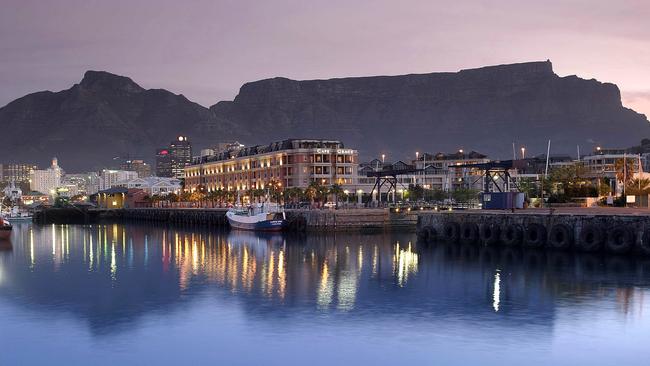
Two great oceans pivot at the optimistically named Cape of Good Hope. Along with Atlantic and Indian ocean currents, Cape Town is where the cultural tides of Africa, Europe and Asia also converge. The port settlement, founded by Dutch traders in 1652, is South Africa’s most visited city and its most visitor-friendly. From Cape Town Cruise Terminal it’s a short distance to V&A Waterfront, a “rainbow-race” precinct that’s tailor-made for ambling, dining and music. Or join a sunset cruise here, heading past the huge silver World Cup Stadium on Green Point to the Twelve Apostles headlands and beyond. A more reflective cruise brings you to Robben Island, Nelson Mandela’s prison for 18 years. Wherever you are, always looming in the background is the 1084m mesa of Table Mountain, accessed by marked tracks or via a cable car return journey.
Boston, US
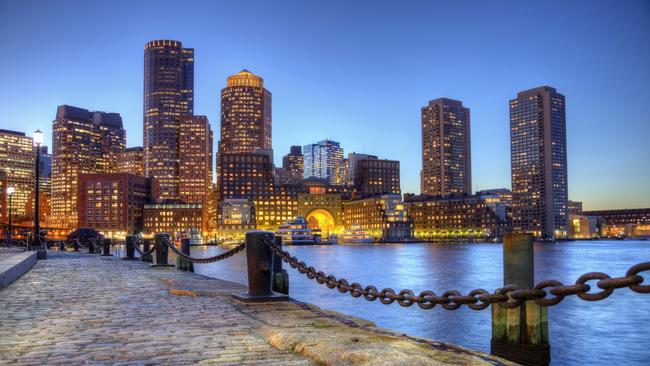
When Captain John Smith (of Pocahontas fame) sailed into the sprawling bays and channels of Quonehassit in 1614, he declared this to be “the Paradise of all these parts”. New settlers followed, plus a new name, Boston, and “paradise” for the native Massachusett inhabitants was soon paradise lost. In 1773 the harbour became forever synonymous with American independence, thanks to its famed tax revolt, the Boston Tea Party. A commemorative museum now stands at Griffin’s Wharf near the site of that protest. Boston’s Outer and Inner harbours churn with shuttles, navy vessels and cruise liners. Tour boats explore its 34 islands, unpacking the name tales behind Bumpkin, Hangman, Raccoon and Moon islands. Both a seaport and major airport (Logan International juts out into the bay on reclaimed land), Boston has democratised its busy city shoreline with a popular 25km walking and cycling trail, the Harborwalk.
Callao, Peru
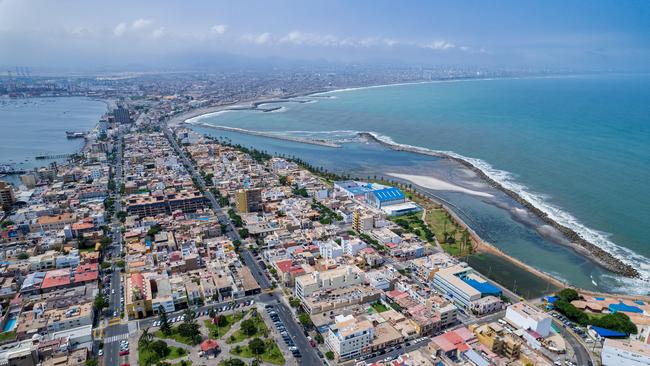
Lima’s seaport Callao, founded in 1537, was the export ramp for the treasures that imperial Spain looted from South America. In turn, Callao became fair game for freelance looters such as English privateers Francis Drake and drunken William Dampier. Its massive Real Felipe Fortress, built in 1774 to resist pirates, still stands, while the nearby Naval Museum of Peru showcases the country’s broader maritime history. Callao is only 10km from central Lima, but its former hard-case reputation often kept visitors at bay. The Callao Monumental urban renewal project in neighbourhoods such as La Punta has mellowed the ambience. Along with street art, cafes and galleries, an inventive gastronomy scene has blossomed here. Its drawcards are the small cevicherias and family-run “huarique” restaurants such as beachside El Colorao de Chucuito. Consider joining a post-prandial cruise to the offshore Islas Palomino to see Humboldt penguins, sea lions and other marine creatures.
Lisbon, Portugal
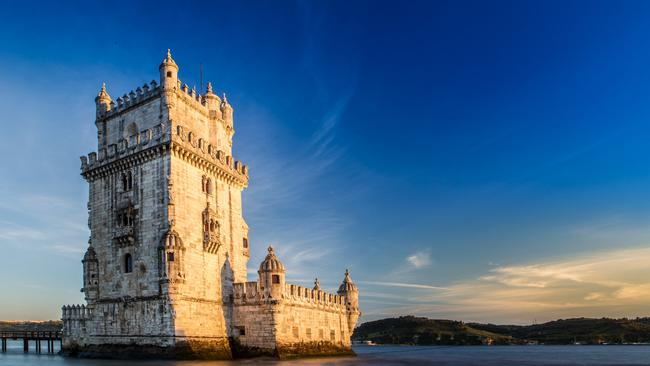
Portugal’s Prince Henry the Navigator was the Great Disruptor of his age. By dispatching Vasco da Gama in 1498 to find a sea route to India, he changed the known world forever, if not necessarily for better. Where explorers once embarked from the banks of Lisbon’s broad River Tagus, cruise liners the size of city blocks now daily disgorge hordes of visitors. The Tagus doesn’t have an enclosed harbour but its shoreline is awash with history. Praca de Comercio, a giant ceremonial quadrangle facing the river, looks almost purpose-built to launch a thousand ships. Upstream, the ornate 16th-century Belem Tower stands as the city’s riparian gateway, while the sail-shaped Monument of the Discoveries honours Portugal’s parade of great navigators. Not far away, in the sprawling World Heritage-listed Jeronimos Monastery, da Gama rests entombed in his ultimate bunk. Beyond the riverfront, Lisbon trams wind up through cobbled streets towards the fortress battlements of Castelo de Sao Jorge, with sweeping views of the city.
Plymouth, Britain

It was from Plymouth on the Devon coast 300km southwest of London that Sir Francis Drake’s fleet lit out on the 1588 pursuit of the Spanish Armada, and in 1620 the Pilgrim ship Mayflower set sail for North America. On a pilgrimage of a different kind, stand on the shoreline Mayflower Steps and then later climb to The Hoe, a hilltop green where Drake, slaver, pirate and the first Englishman to circumnavigate the globe, supposedly played bowls before setting out to confront the invading Spaniards. Known as “Britain’s Ocean City”, Plymouth is home to the Royal Navy dockyard HMNB Devonport, which was established in 1691 and is now the largest naval base in western Europe. Join a tour to see its Heritage Naval Centre. In town, view the gallery of historic Royal Naval ship figureheads at Plymouth City Museum.
Mumbai, India
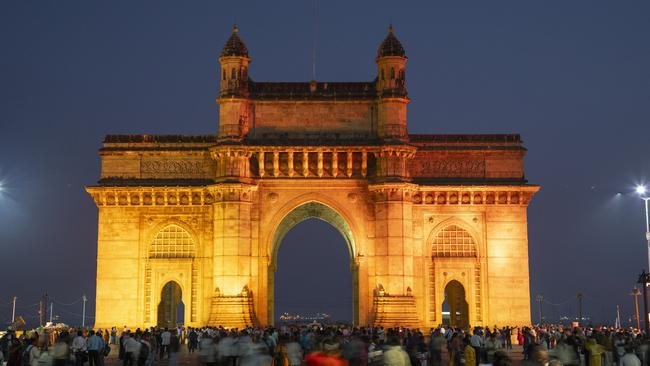
How to define Mumbai? Slumdog billionaire upstart? Thumping heart of modern India? Hindustan’s most populous city, financial capital and busiest cruise port defies glib descriptions. Previously trading as Bombay, this Arabian Sea powerhouse was originally a cluster of islands that the British linked and infilled to form a deepwater seaport. From the time you step ashore at Mumbai’s Ballard Pier cruise terminal, brace yourself for a sensory tsunami like no other. Replete with Bollywood dreams, cricket fever, cacophonous traffic and dhobi ghat slums, Mumbai is said to have more billionaires than any other Asian city. “More dreams are realised and extinguished in Bombay than any other place in India,” cautions Australian author and prison escapee Gregory David Roberts, once a denizen of the city’s 1980s underworld, in his epic novel Shantaram. Much of its action is set around the wealthy Colaba and Marine Drive areas, and Leopold Cafe (adjacent to the Taj Mahal Palace Hotel), all popular visitor destinations.
Bergen, Norway
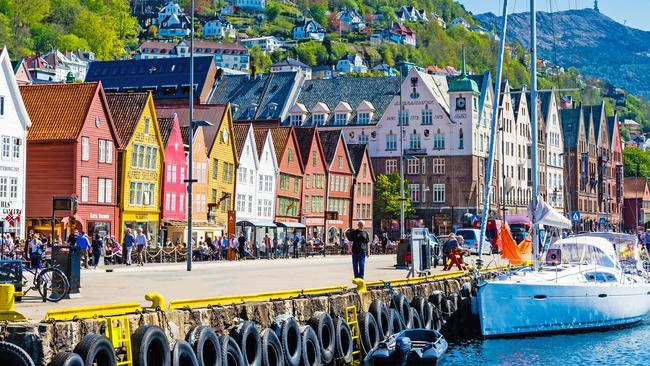
On docking in Bergen, Norway’s second-largest city, about 500km west of Oslo, you can’t miss the most photographed row of buildings in Scandinavia, the multi-coloured Hanseatic League warehouses on the Bryggen waterfront. Visitors can investigate these enduring structures and much else in Norway’s busiest cruise port via a range of tours. The open-air fish market sets the obvious culinary theme for good dining in this UNESCO City of Gastronomy. Sightseeing cruises explore the town’s indented fjord and its island suburbs, but the most famous excursion from Bergen is the much longer Hurtigruten Coastal Express. Dubbed “the world’s most beautiful voyage”, it services 34 ports from here up to the Arctic Circle. Meanwhile, you’re still in “the city of seven mountains” and to catch the best views of the Bergen fjord, head up by hiking trails or funicular to snow-capped Mount Floyen, 400m above sea level.
Hong Kong SAR, China

Come hell, highwater, repression or celebration, Hong Kong’s green Star Ferry boats plod tirelessly across Victoria Harbour between Kowloon and Hong Kong Island. The waters are crisscrossed by scows, freighters and hydrofoils while giant passenger liners edge into Kai Tak Cruise Terminal, built on the site of the city’s former international airport, which closed in 1998. As a major Asian cruising hub, Hong Kong (“Fragrant Harbour”) offers too much to do in usually too little time. Try a sampan tour among the houseboats at Aberdeen to see the last of the city’s traditional boat people. With 235 outlying islands, there’s time to see only a few, such as Lantau with its soaring 34m Buddha statue. Or on Hong Kong Island, ride the Peak Tram, Asia’s oldest funicular railway, 396m up to Victoria Peak, and gaze down towards the forest of Central District’s corporate towers, hotels and apartments. Among the array beckons Bar Leone, voted No. 1 on Asia’s 50 Best Bars List 2024.
San Francisco, US
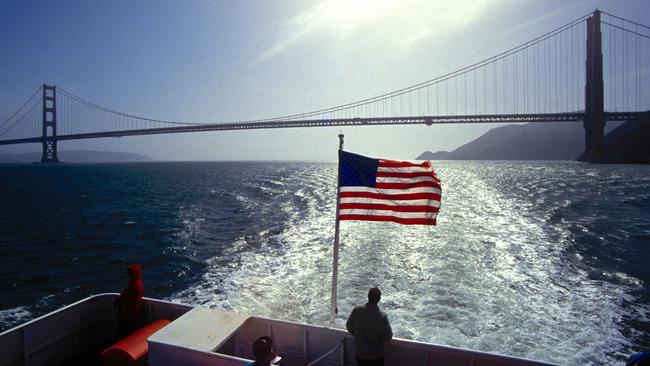
There’s the cat’s-cradle span of the Golden Gate, Otis Redding on a dock somewhere, and Alcatraz Island in mid-harbour, grim, aground and inescapable. San Francisco Bay makes the term “icon” redundant. Its Embarcadero waterfront is the welcome mat for cruise ship passengers who, once ashore, may feel they’ve stepped into a deja vu of cinema sequences. Cable cars rumbling up Dirty Harry hills. Fisherman’s Wharf and its Pier 39 draped with languorous seals. Haight-Ashbury’s ornate “painted lady” houses. “San Francisco is 49 square miles surrounded by reality,” quipped Paul Kantner, of 1960s rock group Jefferson Airplane. For a different angle, join a harbour cruise to view the enormous Golden Gate and Bay bridges from below, or take the ferry across to Sausalito, a picturesque, bohos-and-houseboats enclave in Marin County, the beginning of wine country. Then cruise back to hit North Beach restaurants such as Bodega or good live music at the perennial Savoy Tivoli.
If you love to travel, sign up to our free weekly Travel + Luxury newsletter here.



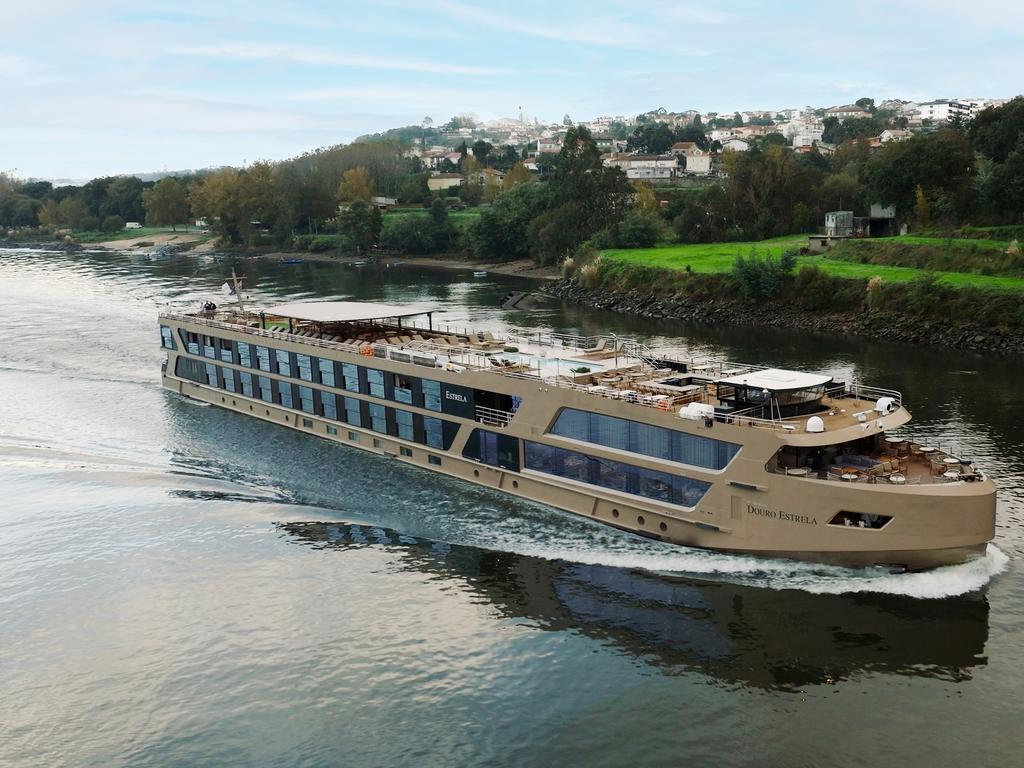
To join the conversation, please log in. Don't have an account? Register
Join the conversation, you are commenting as Logout